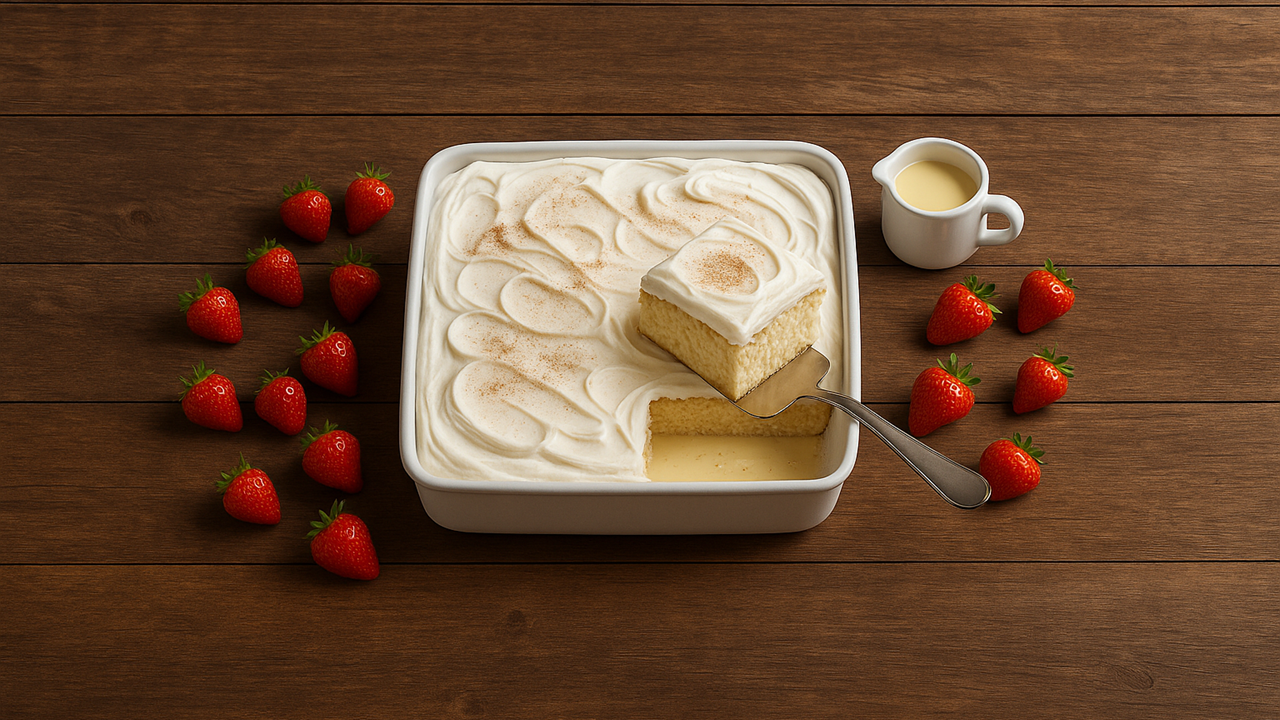Recipes: Authentic Paun Au Levain Sourdough Bread from Scratch
Pain au levain—classic French sourdough bread—predates the baguette and embodies centuries of artisan baking. Long before commercial yeast made speedy loaves commonplace, French boulangers relied on a naturally fermented starter (levain) to raise hearty country rounds that fed entire families. Those loaves were prized not only for their keeping quality but for a balanced, gently tangy flavor that let the aroma of stone‑ground wheat shine.
During the industrial push of the 20th century, many bakeries traded levain for pure yeast to save time, yet a devoted core of bakers kept the old methods alive. Their persistence paid off: by the 1990s, icons like Lionel Poilâne and Éric Kayser had sparked a nationwide rediscovery of sourdough, and France even legislated standards to protect authentic pain au levain. Today, a true French levain loaf is still mixed with a touch of whole grain, developed slowly through autolyse and gentle folds, and baked dark for a caramelized crust that crackles as it cools.
What makes this bread special at home is how approachable the technique can be with a few key tools—a Dutch oven, a banneton, and a lively starter that you’ve refreshed the night before. Following traditional steps such as autolyse, stretch‑and‑fold, and an overnight cold proof, you’ll achieve the open crumb and burnished crust that define a Parisian boulangerie loaf, all from a domestic oven.
Ingredients (1 large loaf, ~900 g)
Levain Build (start 8–12 h before mixing)
85 g bread flour (or French T65)
60 g water (≈ 25 °C / 77 °F)
Final Dough
400 g bread flour (or T65/T55)
300 g water, room temperature (reserve an extra 20 g if dough feels dry)
All of the ripe levain (~170 g) from above
Instructions
Build the Levain
Mix levain ingredients into a stiff dough. Cover and ferment 8–12 hours at 21–24 °C until doubled and slightly domed.
Autolyse
Combine all final‑dough flours with 280 g of the water until no dry bits remain. Cover and rest 30–45 minutes.
Mix Dough
Tear levain into pieces; dissolve salt and remaining 20 g water with the levain, then add to the dough.
Pinch, fold, and knead gently until evenly mixed and moderately smooth.
Bulk Fermentation (3–4 h)
Ferment at ~24 °C, performing 2–3 sets of stretch‑and‑folds (e.g., at 60‑ and 120‑minute marks).
Dough is ready when it has risen ~40 % and feels light and airy.
Pre‑Shape & Shape
Turn dough onto a floured counter, fold into a loose ball, and rest 15 minutes.
Shape into a tight boule or bâtard; place seam‑up in a floured banneton.
Final Proof
Option A (same‑day): Proof 2–3 hours at 24 °C until dough springs back slowly when poked.
Option B (overnight retard): Cover and refrigerate 8–12 hours for deeper flavor. Bake straight from cold.
Bake
Preheat oven (and Dutch oven, if using) to 250 °C / 480 °F for at least 30 minutes.
Invert loaf onto parchment, score 1 cm deep, and transfer to hot Dutch oven.
Bake covered 20 minutes, lower heat to 230 °C / 450 °F, uncover, and bake 20‑25 minutes more until deep brown (internal temp ~95 °C / 200 °F).
Without Dutch oven: bake on a stone with steam for 40‑45 minutes, venting steam after 20 minutes.
Cool
Transfer to a rack and cool at least 1 hour before slicing.
Serving and Tips
Pain au levain’s flavor blooms after a full cooling, so I like to cut the first slices once the crumb has set—about two hours post‑bake. Its chewy interior and complex aroma make perfect tartines topped with cultured butter and sea salt, or rustic sandwiches such as the classic jambon‑beurre. Store the loaf cut‑side down on a wooden board or wrapped in a linen cloth for up to three days. If the crust softens, refresh slices in a 180 °C / 350 °F oven for five minutes to regain crunch. Freeze leftover slices in a zip bag; they toast beautifully straight from the freezer.
Recipe Card – Pain au Levain
| Yield | 1 loaf (~900 g) |
| Hands-on Time | ~30 min |
| Fermentation | 12–18 h |
| Bake Time | 40–45 min |
| Total Time | 24 h (with overnight proof) |
Ingredients
Levain: 85 g bread flour, 15 g rye flour, 60 g water, 15 g active starter
Dough: 400 g bread flour, 50 g whole wheat flour, 20 g rye flour, 300 g water (+ up to 20 g extra), 10 g sea salt, all levain
Quick Steps
Night Before: Build levain; ferment until doubled.
Morning: Autolyse flours + 280 g water (30 min).
Mix in levain, salt, and remaining water.
Bulk‑ferment 3–4 h with 2–3 folds.
Pre‑shape, rest 15 min; shape boule/bâtard, place in banneton.
Proof 2–3 h at room temp or refrigerate 8–12 h.
Bake at 250 °C covered 20 min, then 230 °C uncovered 20–25 min.
Cool 1 h before slicing.
Nutrition (per 1/12 loaf slice, approx.)
Calories: 165 kcal
Protein: 5 g
Fat: 1 g
Carbs: 34 g
Bon appétit—and enjoy the aroma of true French pain au levain filling your kitchen!




